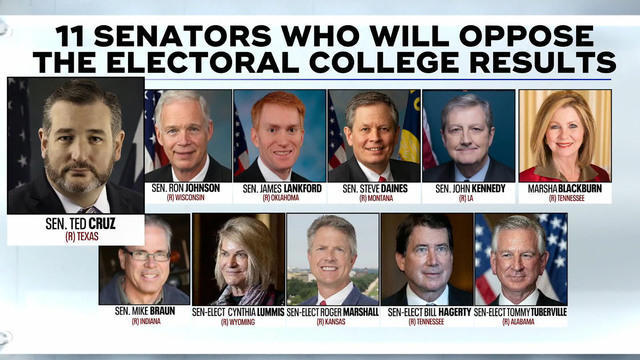holocaust
Why a year after the Holocaust, my parents are happy in DP camp photos
Survivors were largely overlooked by post-war officials following the genocide. Unable to go to North America or Israel, Jews spent a few carefree years in idyllic settings By BERNARD DICHEK January 27, 2021 After my parents passed away, I began to look through a pile of photos showing them when they Read more…




